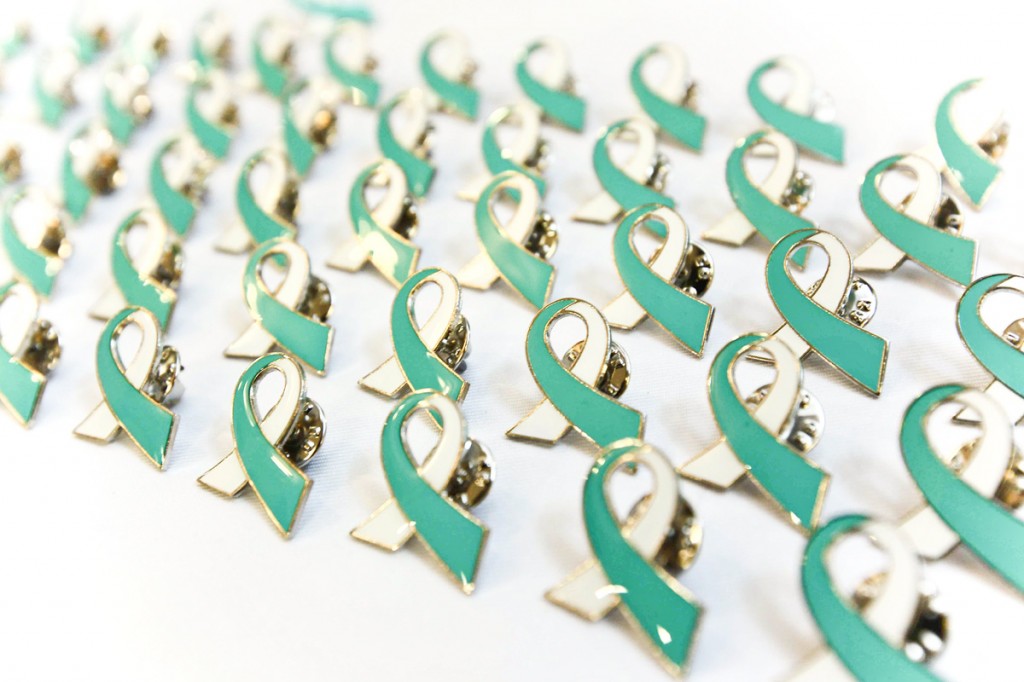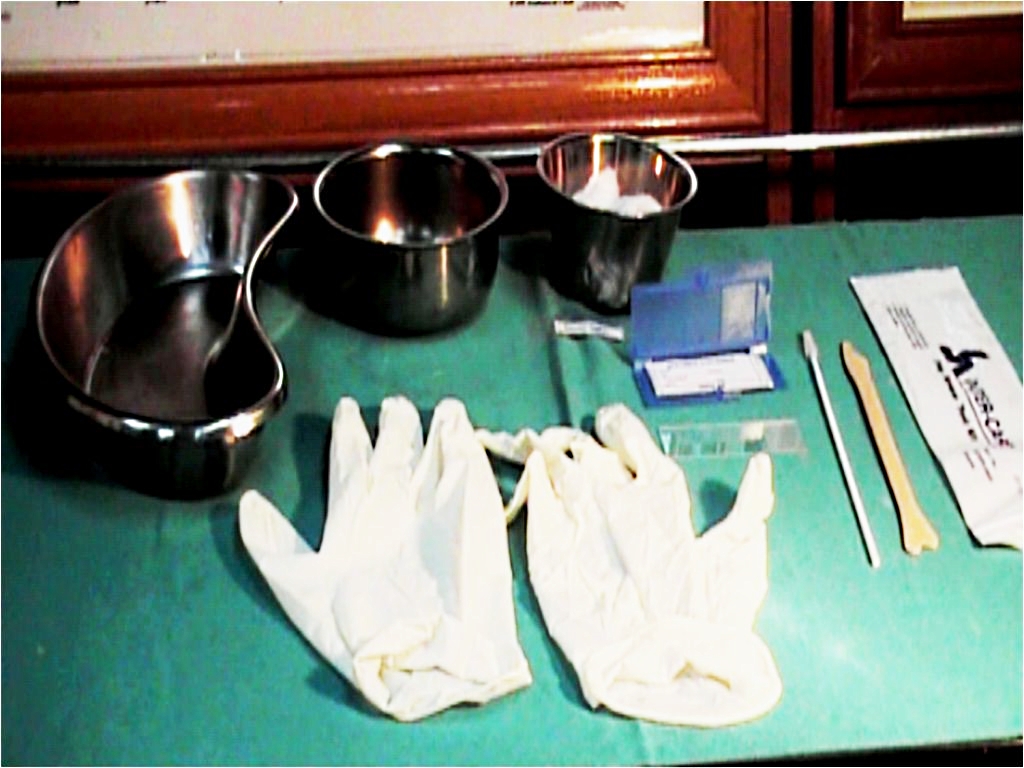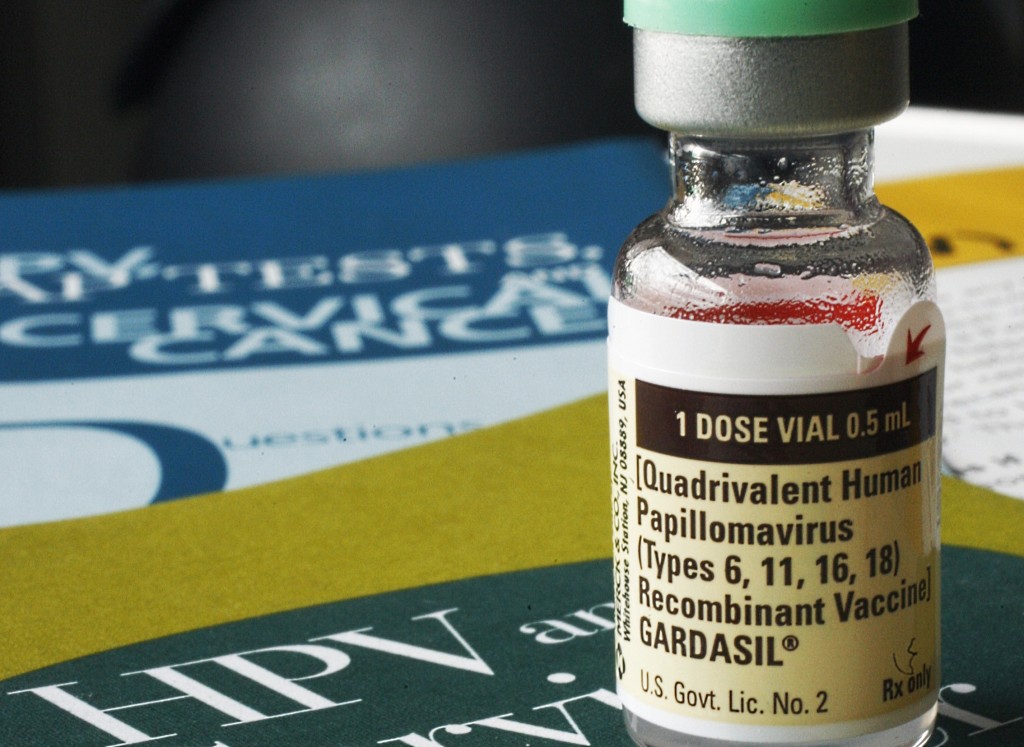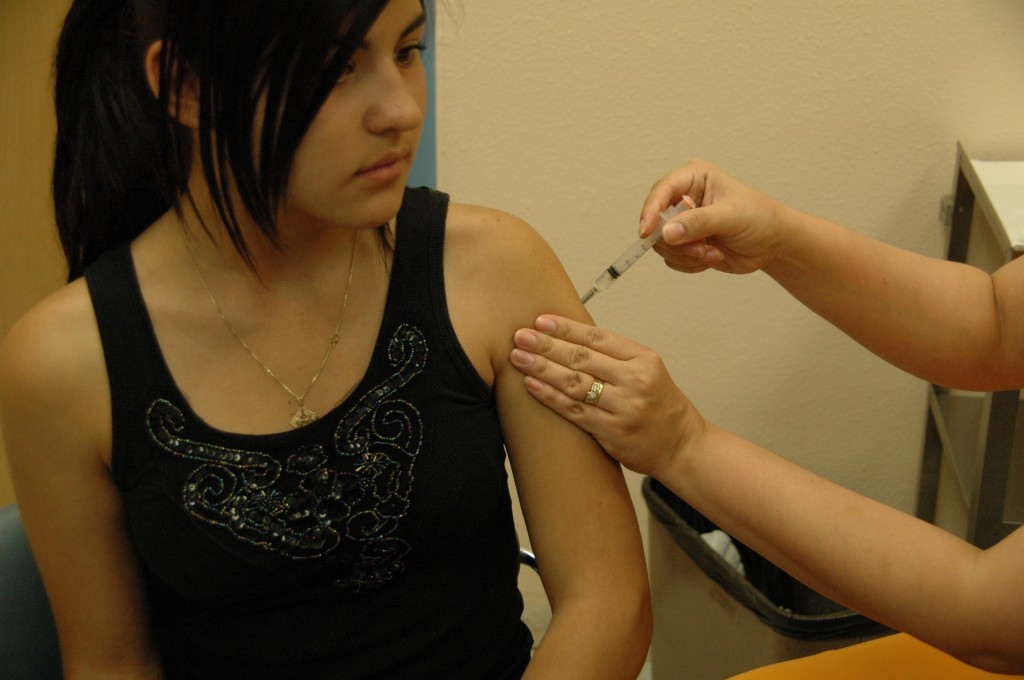Did you know that only 43% of Malaysian women have ever had cervical smears in their lives (according to the National Health and Morbidity Survey 2006) although cervical cancer is the second most common cancer in women (according to the National Cancer Registry 2003)? Perhaps it’s because cervical cancer has been taken lightly for too long (especially amongst Malaysian women in the younger age group).
But one shouldn’t take the severity of the disease lightly because it can happen to anyone (you, your mother, your sister, your bestfriend), even if you’re merely a college student. Until today, despite the attempts to raise awareness around the world, many women still develop cervical cancer.
In fact, over 9,000 women in the United States of America develop cervical cancer every year. And worldwide, more than 250,000 women die annually from cervical cancer, 99% caused by Human Papillomavirus (HPV). While some cases of cervical cancer cannot be prevented, here are some ways you can help prevent yourself from having to go through the mental, emotional, and physical pain of the disease:
1. Be safe.
If you’re sexually active, ensure that you or your partner use protection at all time. Not only will it help prevent unwanted pregnancies, it will also reduce the risk of HIV and other STD’s which can inevitably increase your risk factor for developing cervical cancer.
2. Limit “fun”.
Women who have many sexual partners increase their risk for cervical cancer (amongst other things, of course). At the same time, having a few sexual partners will increase your risk of developing HPV, a known cause for cervical cancer.
3. Kick the “puff puff” habit.
It would be most advisable to quit smoking and avoid secondhand smoke at all costs. Smoking increases your risk of developing many cancers, including cervical cancer. Combined with a HPV infection, it can actually accelerate cervical dyslapsia. Say no to smoking.
4. Get a regular Pap smear.
This is one of your greatest defenses against cervical cancer. A Pap smear can detect cervical changes way early before they turn into cancer. Check with your gynecologist on screening guidelines to find out how often you should schedule a Pap smear. And be sure to do follow-ups if your Pap smear results are not normal.
5. Vaccine up.
The HPV vaccine, Gardasil, was approved by the United States Food and Drug Administration (FDA) to be given to young girls, as young as nine years of age. It’s most effective when given to young women before they become sexually active. So, even if you’re under 21, you are still eligible to receive the vaccine, which prevents high risk strains of HPV in women.
Just remember that in Malaysia alone, about 1,600 new cases of cervical cancer are diagnosed annually and about 3,000 cases are being treated in public hospitals. The crude incidence rate for cervical cancer in 100,000 female population in Peninsular Malaysia is 13.4 out of 100,000 for girls or women between 15 and 49 years of age, and 62.9 out of 100,000 for women between 50 and 69 years of age (according to the Second Report of the National Cancer Registry Cancer Incidence in Malaysia (2003); Ministry of Health Malaysia).
The prevention of cervical cancer has to be carried out by various measures and some of them might be costly (the vaccine can cost close to RM1, 000 for a few doses) but, all these are necessary steps to take to curb the cancer before it even begins to develop in your system. After all, isn’t prevention better than cure?
For more information visit their website.


















